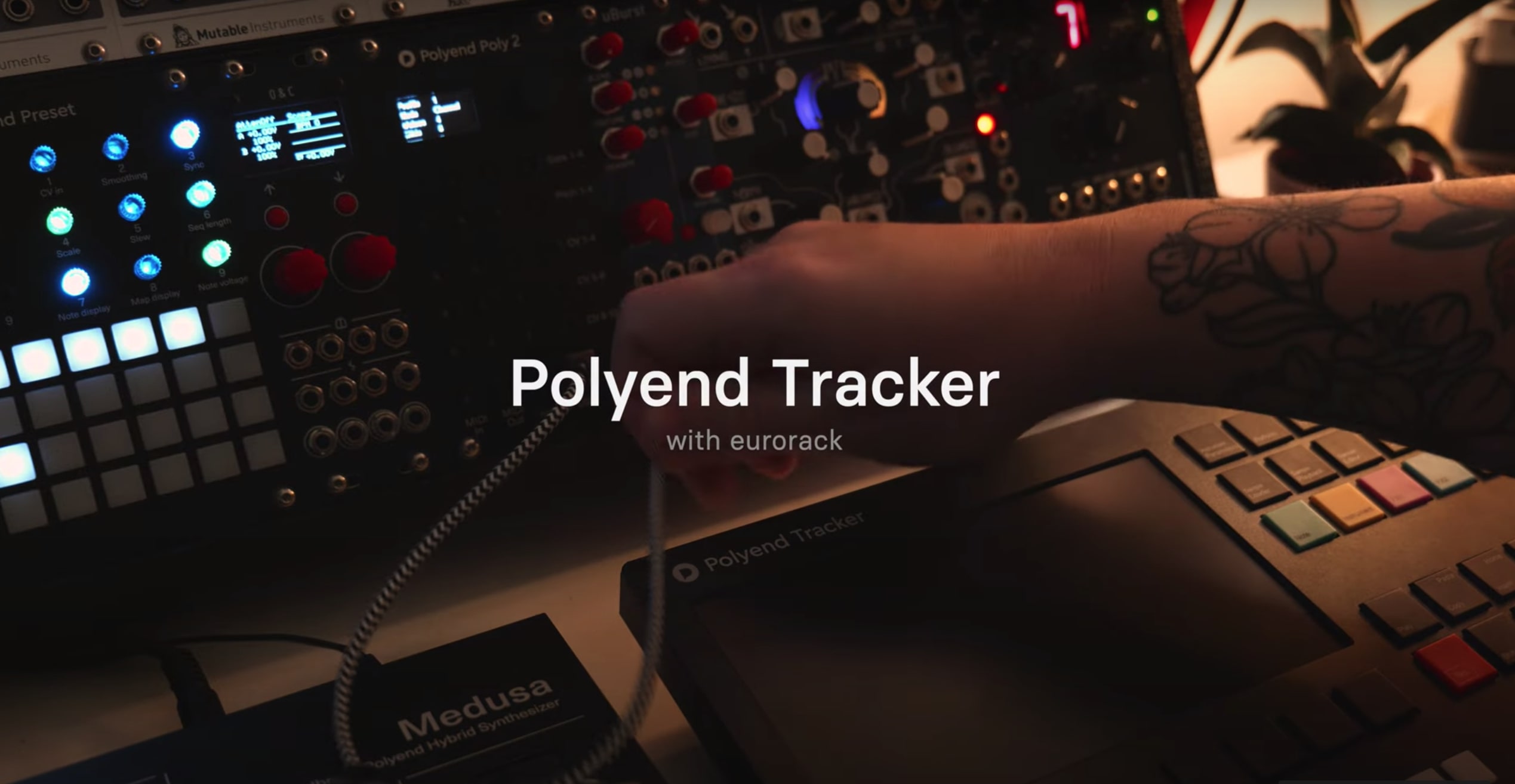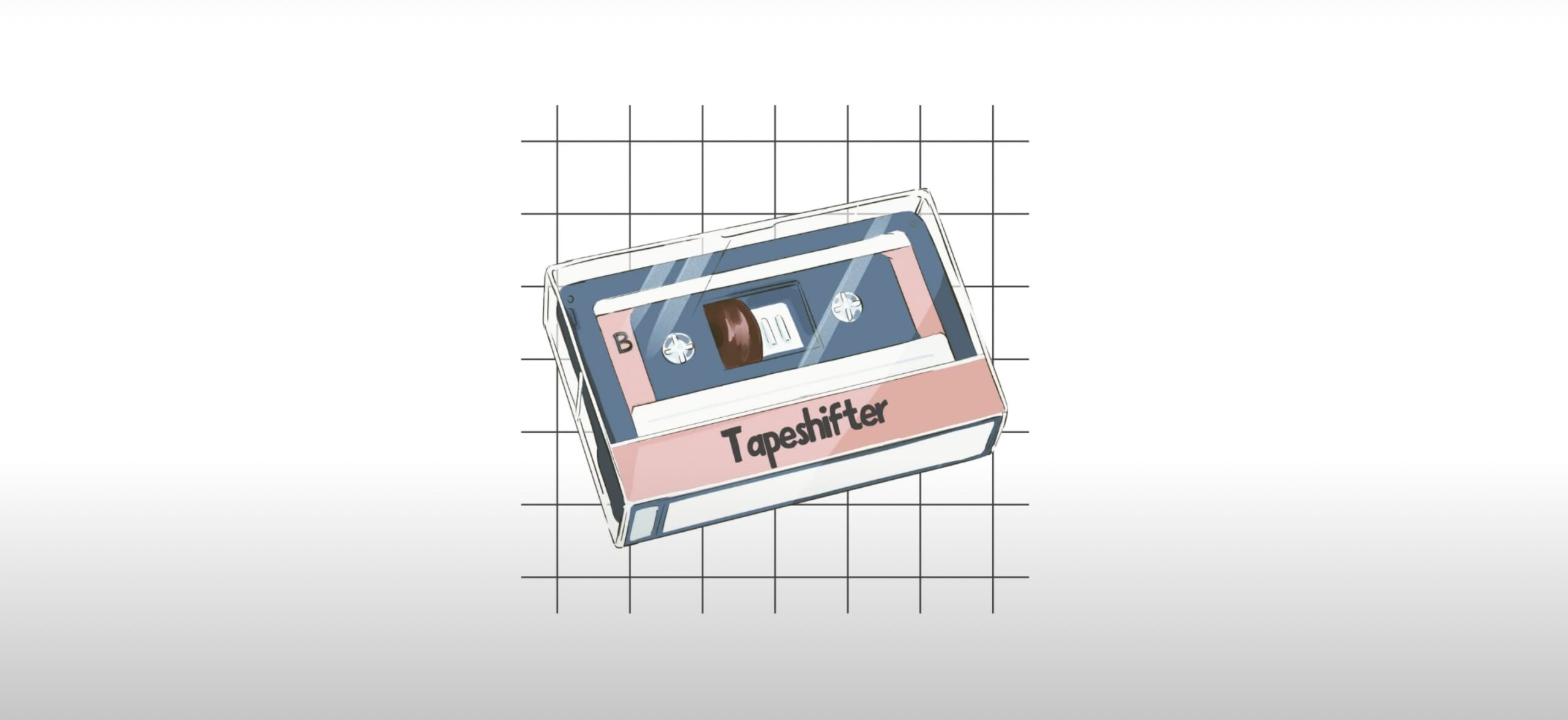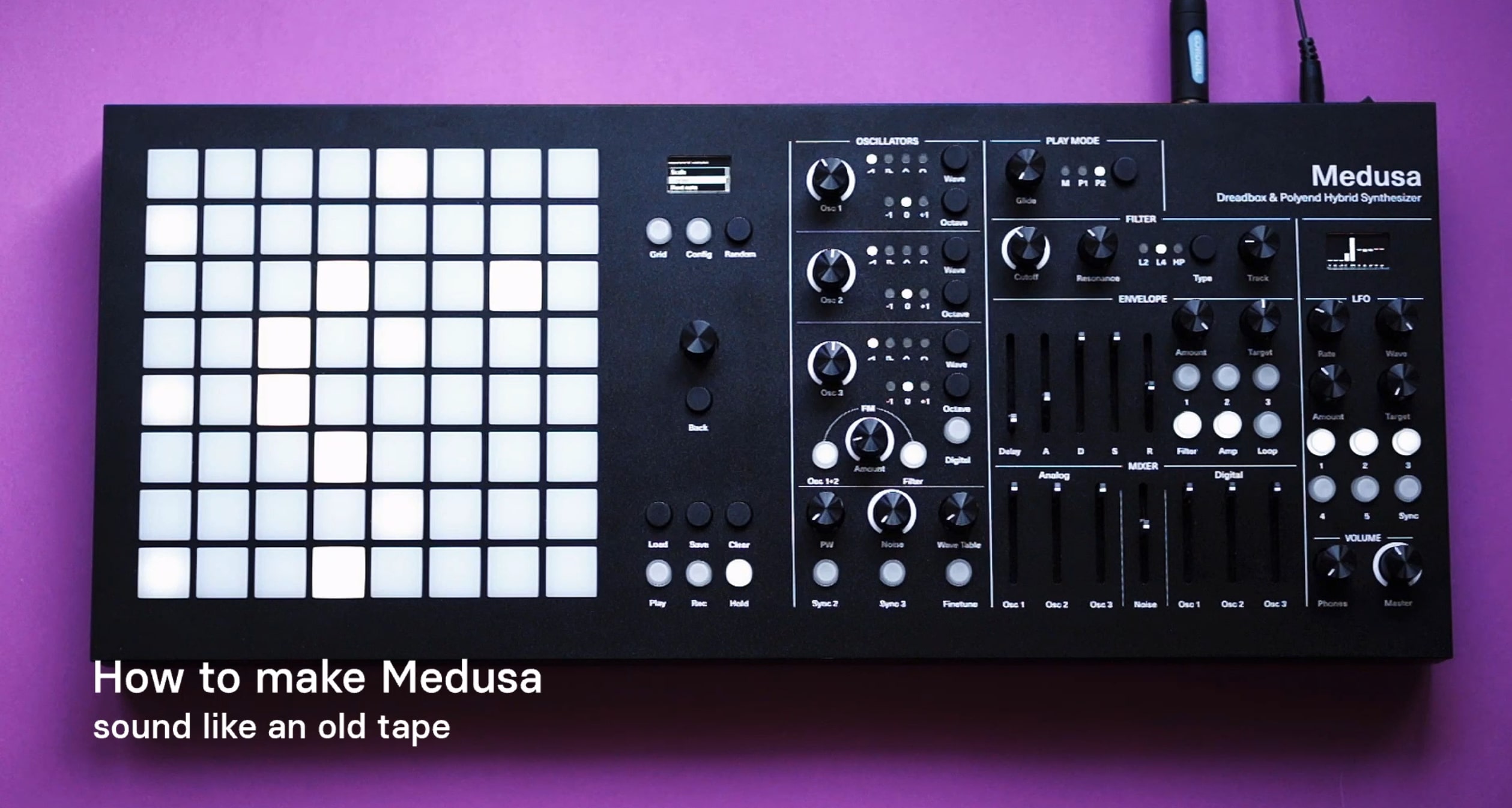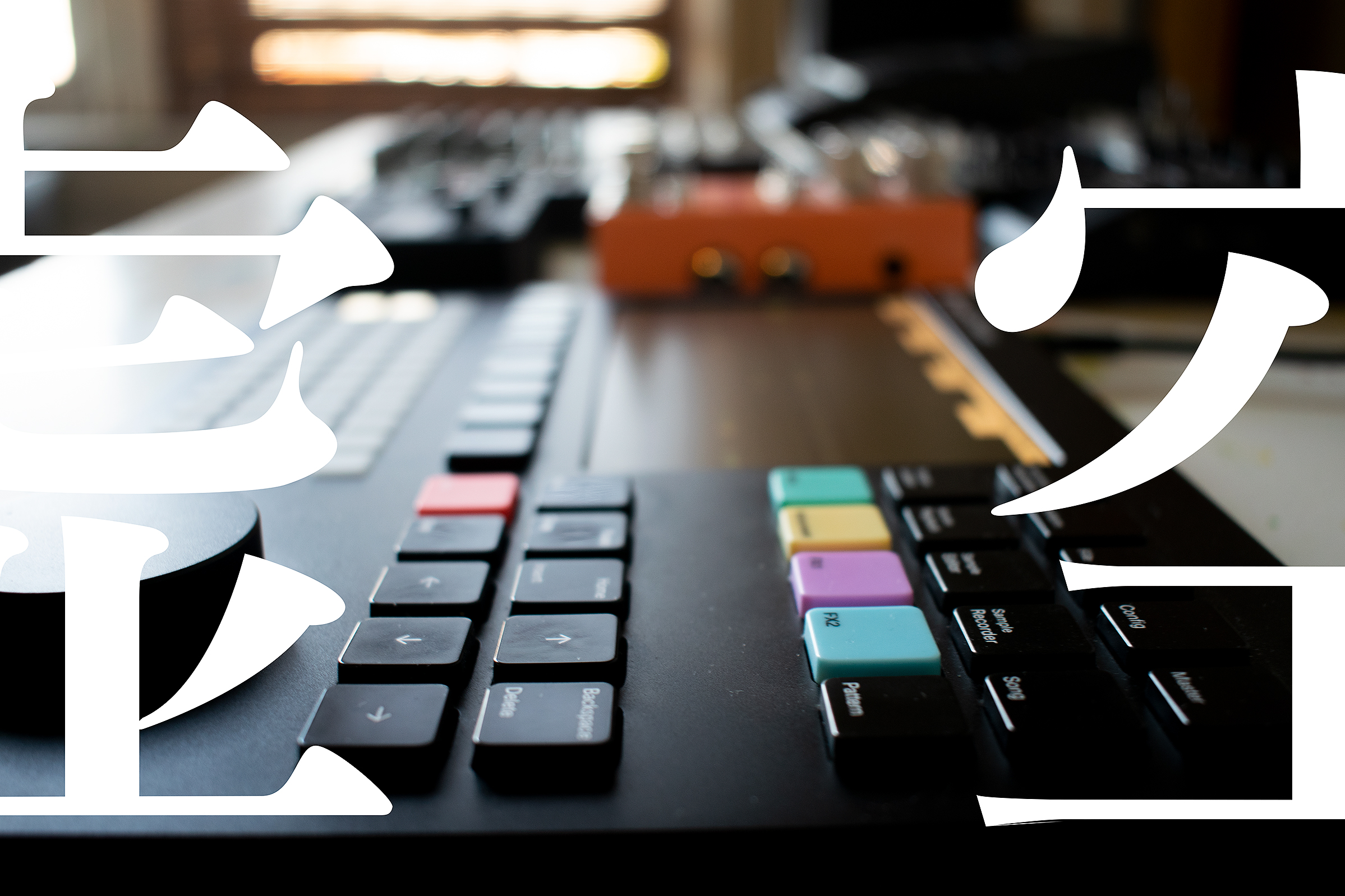
((( E ))) is Pairing Award Winning Videos with Tracker Music

((( E ))) is a composer and visual artist based in Japan. He has been creating both visual and auditory works, such as music, animation, and drawings, under various names since the 2000s. On February 20, 2024, He released the first album titled "TRANSPORTATION" under the name ((( E ))). Also he teaches animation and sound production at Tokyo Polytechnic University.
Hi ((( E ))) your new album, TRANSPORTATION, was done entirely on the Polyend Tracker. Could you tell us a bit about your album?
The main tool I used for my recently released album TRANSPORTATION is the Polyend Tracker. While post-production tasks such as overdubs and mixdowns utilized a computer and outboards, all the composition and arrangement works were done entirely on the Tracker. TRANSPORTATION includes 12 tracks of electronic music which are primarily centered around beats.
While it holds a slightly mad mood overall, I consciously minimized spatial effects processing to allow the charm of the sounds themselves and the structure resulting from their combination to be felt. I believe this album can bring some kind of joy or happiness to the listeners.
The videos for the album are winning some big awards. Could you tell us a bit about these videos and the awards they’ve won?
Two animated videos were created to promote the album – the first track “Glitter Electron” and the ninth track “Quiet chatter”. “Glitter Electron” was a collaborative work between myself and two animation artists, Chihiro Sato and Takaaki Numa.

I brought out the theme “electronics” and asked them to create a collection of fragmented episodes for my track.
Initially, my role was to connect their different animation styles, but the approach shifted to one that intentionally caused confusion, which actually felt more suited for the glitchy sound of this track.
For “Quiet chatter” I commissioned the visual artist Yuko Kanatani.
She is known for her vivid and geometric artwork, having collaborated with corporations such as NIKE and CITIZEN, as well as creating visuals for Beck’s concerts.
I wanted her to create a geometric vision typically seen in genres like techno and electronica but with a fresh approach not commonly seen.
She was interested in the symmetrical geometric nature found in cross-sections of vegetables and fruits at that time, and created a stop-motion animation using these motifs.
Both videos were officially selected at numerous international film festivals in 2023 and received several awards.
Among over 40 festivals, Supertoon in Croatia – the largest competition in the category of animation music videos, Sydney Film Festival in Australia with its 70-year tradition, and the Linoleum Contemporary Animation and Media Art Festival held in wartime Kyiv were especially memorable.
Do you compose the music first or the videos? What strategies do you use to fuse visual art with the music?
For me, it’s a case-by-case basis. In this instance, the music came first, and the visuals were created for the music.
However, when I started animating, the music was made for the visuals. And sometimes, they happen simultaneously.
For example, I have created a piece where I attenuated and destabilized the signal of video color bars for test in the past, then modulated them with various video equipment.
After splitting the signal into two, one was connected to a speaker and the other to a video monitor, both output simultaneously. However, I’ve also been deeply moved by performances of music played in near darkness where I couldn’t even see my hands held in front of my face.
So, I don’t think that visual art and music necessarily need to coexist.
As an avid tracker user, do you have any Tracker pro tips that you could share that people might be missing out on?
The feature I like the most about Polyend Tracker is the exquisite balance between automatic and manual control.
For example, in Tracker, we can manually select multiple parts of a sequence and randomize them.
Then, we can manually program the degree of randomness. After that, we can narrow down the selection range and perform further randomization.
Going even further, we can manually randomize the sound of each step multiple times.
The types of values that can be assigned to each step are very diverse, ranging from selecting samples to adjusting parameters of built-in synthesizers and even incorporating custom MIDI effects.
This allows us to explore music deeply and extensively, even if there was no initial intention to do so.
If it were too automatic or too manual, it would not be possible to construct music joyfully, like in a Polyend Tracker.
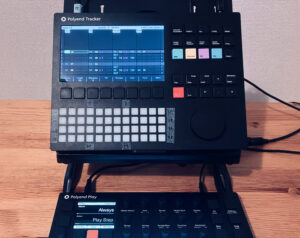
You can find ((( E )))’s album TRANSPORTATION anywhere you listen to music.
Find more about (((E))) on his website.
